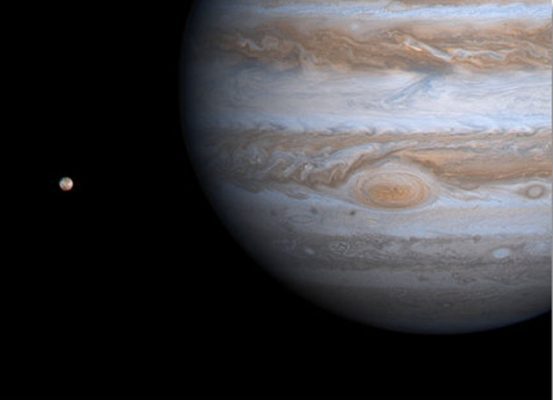Potential New And Improved Protective Material Invented Thanks to Adaptive Protein Crystal Discovery


UC San Diego chemists recently built what is being called an “adaptive protein crystal” that fascinatingly is able to thicken upon being stretched in a perpendicular direction instead of thinning as other materials would do. Similarly, when it is compressed in one dimension, it compresses in another instead of expanding and also becomes denser. The crystal may help create improved running shoes and body armor.
Akif Tezcan, professor of chemistry and biochemistry at UC San Diego says what makes this protein so unique is its “auxetic” property that has never before been seen on a molecular level. The crystal is made up of proteins that are connected in a pattern that repeats itself. Naturally square shaped RhuA protein was used in the creation, building a tile-like structure. If applied to the soles of shoes, this protein would mean stronger shock absorbency as shoes impact the pavement and body armor that becomes more hardened upon bullet hits.
According to Tezcan, what makes this new protein so great is its flexibility which allows it to both move towards open spaces to offer a more spongy material and compact to provide additional strength. These self-healing and reversible bonds make for a very functional tool. These acts of expanding and constricting can be described by the Poisson’s ratio. Upon testing, Tezcan’s team calculated a Poisson ratio of -1, which is right at the thermodynamic limit of possibility.

Tezcan says these materials are extremely simple to create while opening up many opportunities for continued research. Not only can this material be used within a wide range of products, but it has opened many doors to truly understanding the principles of self-assembly on a nanoscale. Such materials are designed through a streamlined approach based on chemistry. The protein requires only minor adjustments.
Study was discussed in depth in the online paper Nature this week.









